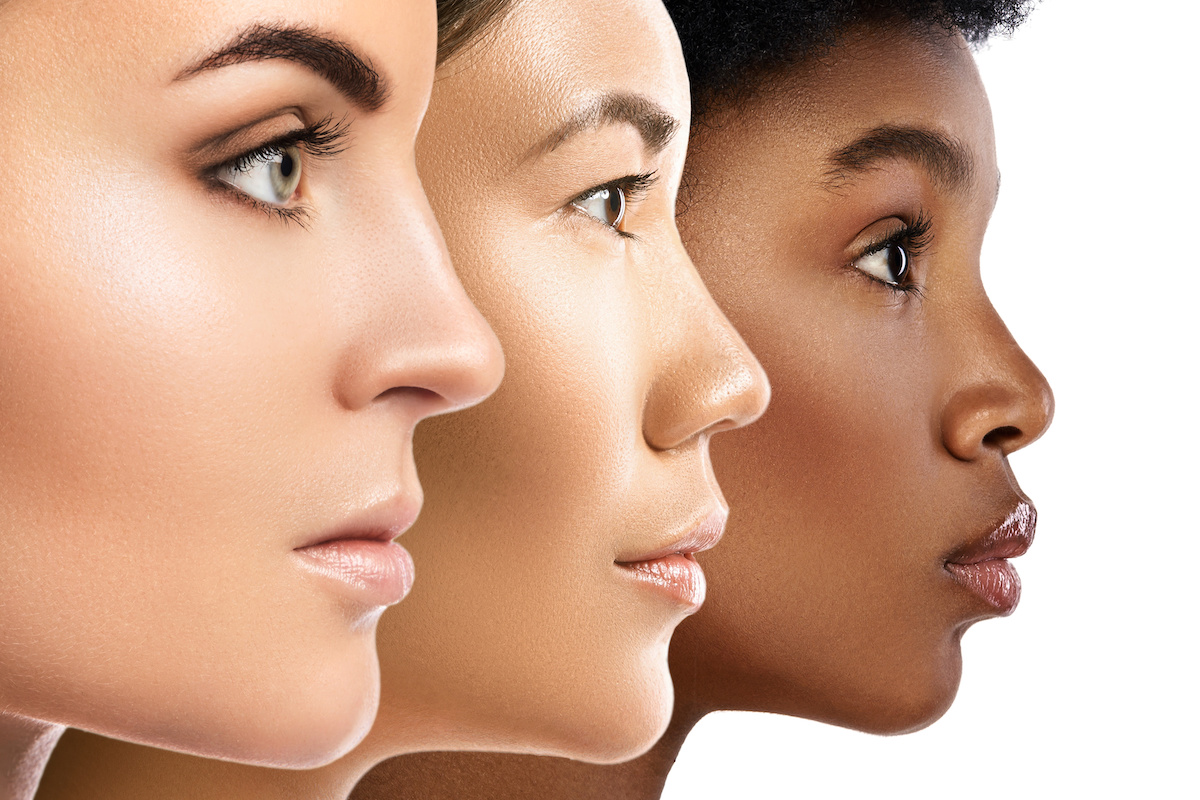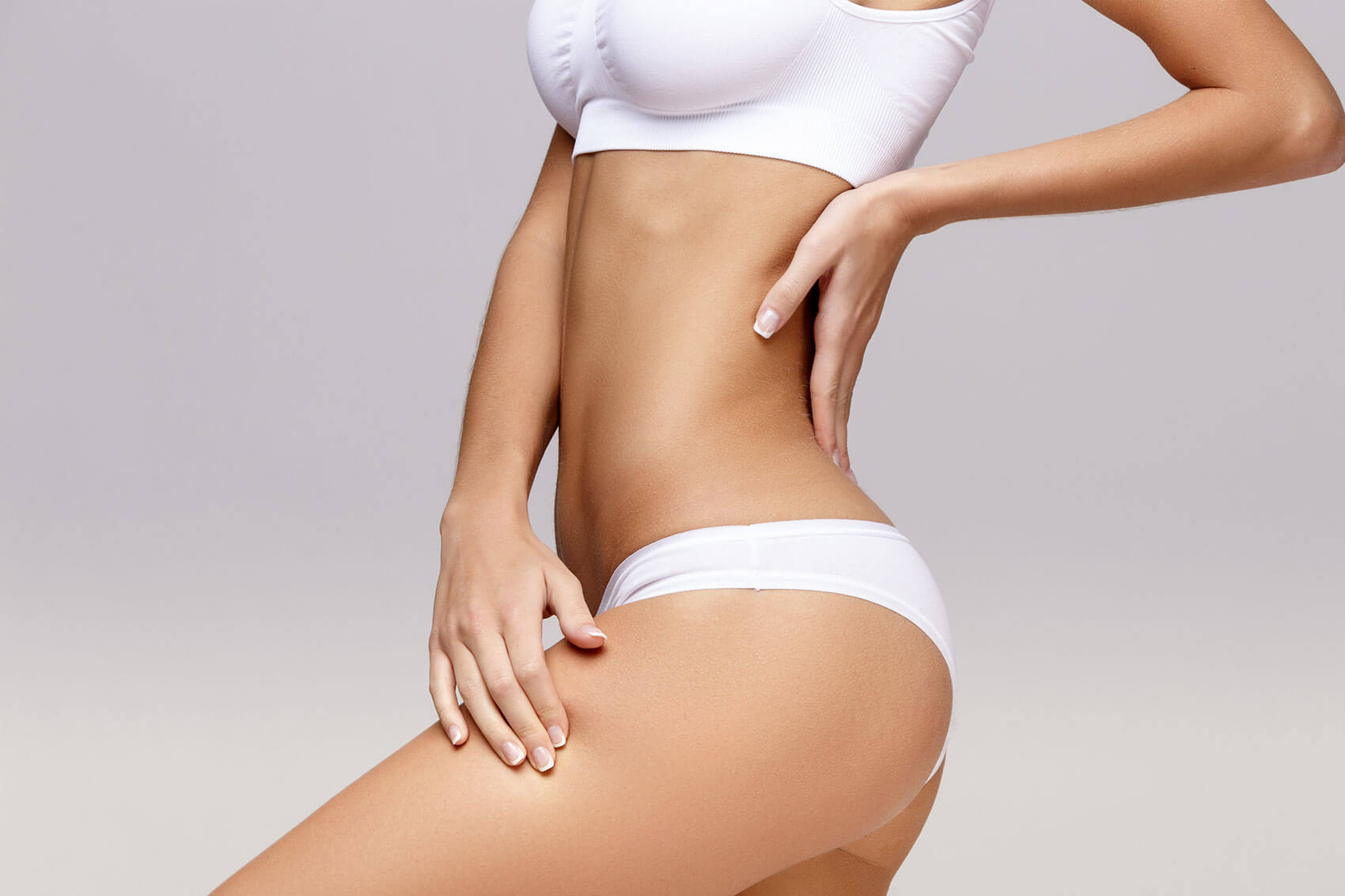We’re all about smooth and soft lips. Caring for and maintaining our lips are just as important to achieve a beautiful outlook of our health.
Our Unique Lips
Did you know that our lips are a unique feature to our body? Not only are they made of thin skin, but your lips are composed of soft tissue. Your lips doesn’t have sebaceous glands, hair follicles or melanin. This means that our lips don’t have any way of self-lubricating itself aside from saliva. Since it doesn’t have melanin, our lips are prone to sunburns or damage with prolonged exposure to the sun’s harsh UV rays.

Chapped & Split Lips
Chapped and split lips are conditions we are most familiar with. When our lips get dry or split, our first reaction is to moisten them with our saliva. Frequently licking our lips due to general discomfort will over lead to more dryness. While saliva is a lubricant for our body, it’s a natural irritant for our lips. Everytime we lick our lips, the moisture caused by saliva evaporates and further dries out the thin skin, which can then leave it itchy, dry, flaky, and cracked.
How to Treat
Ensure that you are hydrating your body from the inside out. If you’re out and about, you can replenish your hydration levels with coconut water or munch on watermelon, cucumber, tomatoes, or strawberries.
Angular Cheilitis
Angular cheilitis is a condition that looks like rough, painful, red, itchy and swollen patches. These patches are typically located on the corners of your mouth and can appear on both corners or on either corner. These patches are irritated, raised, inflamed, and incredibly painful, epecially when they crack and bleed. In some cases, having angular cheilitis makes daily activities like eating, smiling, and talking a painful task due to the open wound.
External factors
One potential reason for angular cheilitis is the saliva pooling at the corners of the mouth, especially when sleeping. This then creates a wet environment that causes bacteria in that area to grow, flourish, and thrive. Another reason includes nutrient deficiencies like omega-3, omega-6, vitamin B2, vitamin B3, zinc, or iron, You can restore these nutrients by eating a diet rich in healthy oils such as coconut oil, avocado oil, salmon, nuts, and spinach.
Internal factors
Angular Cheilitis is common to those with a history of Atopic Dermatitis (eczema) or candida overgrowth. Candida overgrowth refers to yeast that grows in the digestive tract and in the skin. A good indicator to tell if candida causes your condition is when you notice it clearing up during the hot summer months and returning during the colder and damp months.
How to Treat
If you find your angular cheilitis caused by candida overgrowth, focus on killing off the yeast by limiting sugar, carb-rich and refined food intake in your diet. During this time, keep your diet rich in leafy greens, vegetables, coconut oil, and garlic. Once the angular cheilitis has healed, try to avoid licking that area of your lip to prevent creating a moist environment for candida to thrive in.
Aging Lips
The thing is, as we age, our skin is going to age too. Because they’re so delicate, you’ll see your lips wrinkle sooner than in other areas.
And what’s the reason? Collagen.
Normally your collagen production peaks in your late teens, around 16-18 years old. This means that your lips and your skin appear the fullest, plumpest, and the most youthful. But once you reach your twenties, that amount of collagen production will slowly decrease about 1-2% every year onwards. So without the aid of collagen to help you, your once voluminous and luscious lips might start appearing flat and thin.
How to Treat
Start focus on restoring collagen by using treatments containing active, anti-aging ingredients and regularly using lip balms with SPF protection.



